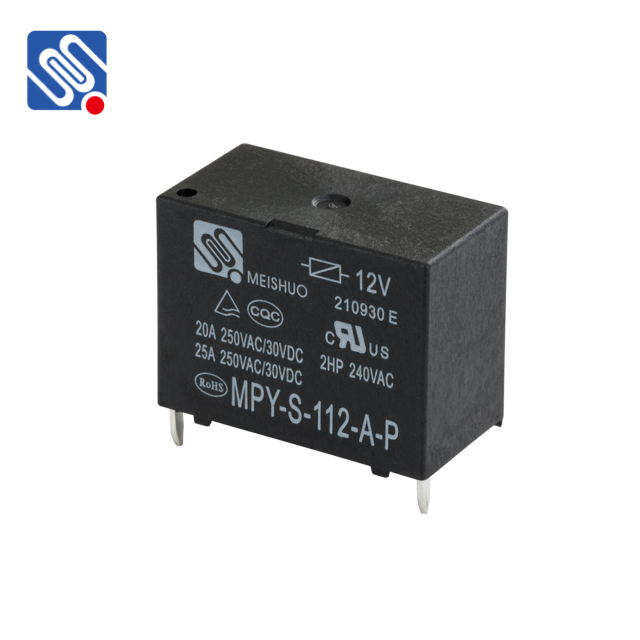Relays are essential components in various electrical circuits, providing the functionality to control high power circuits with low power signals. A key characteristic to consider when selecting a relay for any application is its voltage rating. This article will delve into the concept of relay voltage ratings, including the different types of voltage ratings, their importance, and how to ensure proper selection for a given application.

What is Relay Voltage Rating? Relay voltage rating refers to the voltage levels that a relay can safely handle during its operation. These ratings are divided into two main categories: the coil voltage rating and the contact voltage rating. Both of these ratings are crucial for determining the proper operation of a relay and ensuring that it can safely switch electrical circuits without causing damage or failure. 1. Coil Voltage Rating The coil voltage rating, often referred to as the “operating voltage” or “excitation voltage,” indicates the voltage required to activate the relay’s internal coil. When a voltage is applied across the coil, it generates a magnetic field that causes the relay’s contacts to either open or close, thus controlling the electrical circuit.